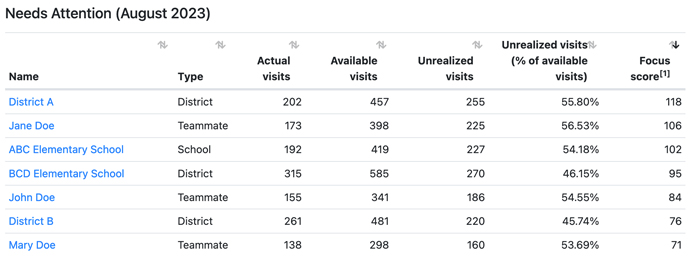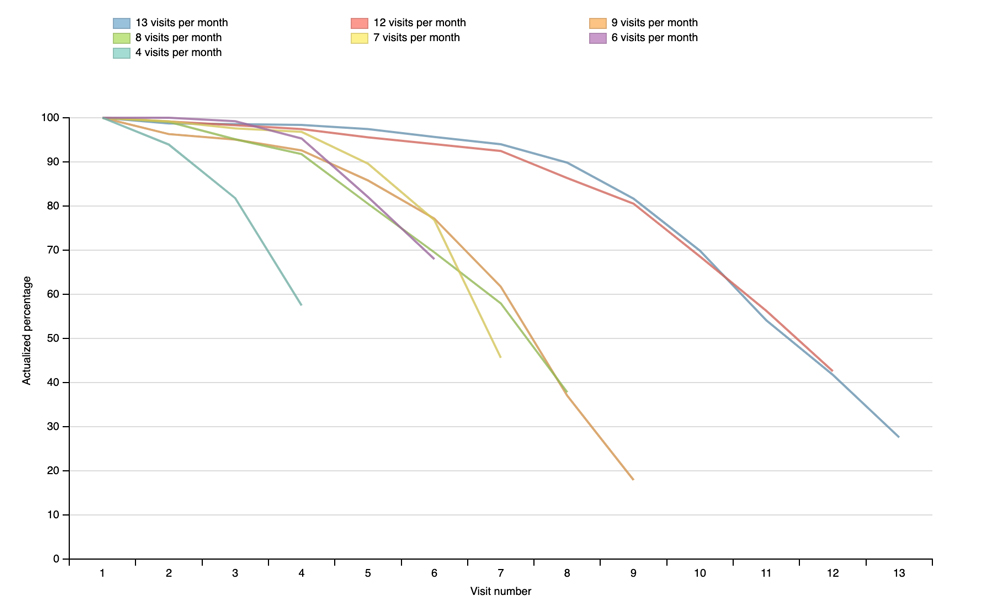Stay inquisitive

(Post 5 of 5) This concludes our series about the origins of Ambiki’s values.
Our final value: “Stay inquisitive”.
--
When I started working in the field of speech therapy, I struggled with all the new abbreviations and acronyms: CEU, CF, CCC, CVC, CMH, COTA, CAQH, CPT, and the list goes on.
Yet, one particular notation caught my eye and had me puzzled: examples like "12Mx20L" or "108Yx20S". My curiosity was piqued.
It turns out this was a way to denote the frequency at which a child should receive services, as per their IEP (Individualized Education Program).
This revelation led me to a cascade of questions:
- Why is frequency important?
- What is frequency used for?
- What criteria determine whether it's weekly, monthly, or yearly?
- Who gets to decide this frequency?
Things started to get clearer, but then came more questions…
- How do therapists keep track of these frequencies? (Hint: the answer often involved cumbersome spreadsheets 🤮)
- What happens if a frequency isn’t met?
- What are the rules around make-ups?
It was at this point that the idea for Ambiki’s "Pacing" tool started to come into focus. The tool was envisioned to automatically compute remaining visits for a given period and assess whether the therapy was on track, as stipulated by the IEP.
The fog began to lift, but still more questions…
- If these visits don’t carry forward, are we tracking the "unrealized visits"?
- What factors predominantly contribute to these "unrealized visits"?
- Can "unrealized visits" be prevented or preemptively addressed?
Delving into these questions enabled us to truly comprehend the magnitude of the effect of unrealized visits. We also realized that such issues could be considerably reduced with improved technology and better scheduling tools.

Why does it matter?
Reducing unrealized visits is a triple win:
- Patients receive the entirety of their mandated care, precisely as recommended by therapists.
- Therapists spend less time trying to figure out who still has visits remaining and scheduling make-ups.
- Practices can potentially enhance their revenue, all the while ensuring their clients benefit optimally from the stipulated visit frequency.
At Ambiki, our inquisitive nature helps us to get to the root of really hard problems. By breaking them down into their smallest components we are able to find novel, first-principle solutions.